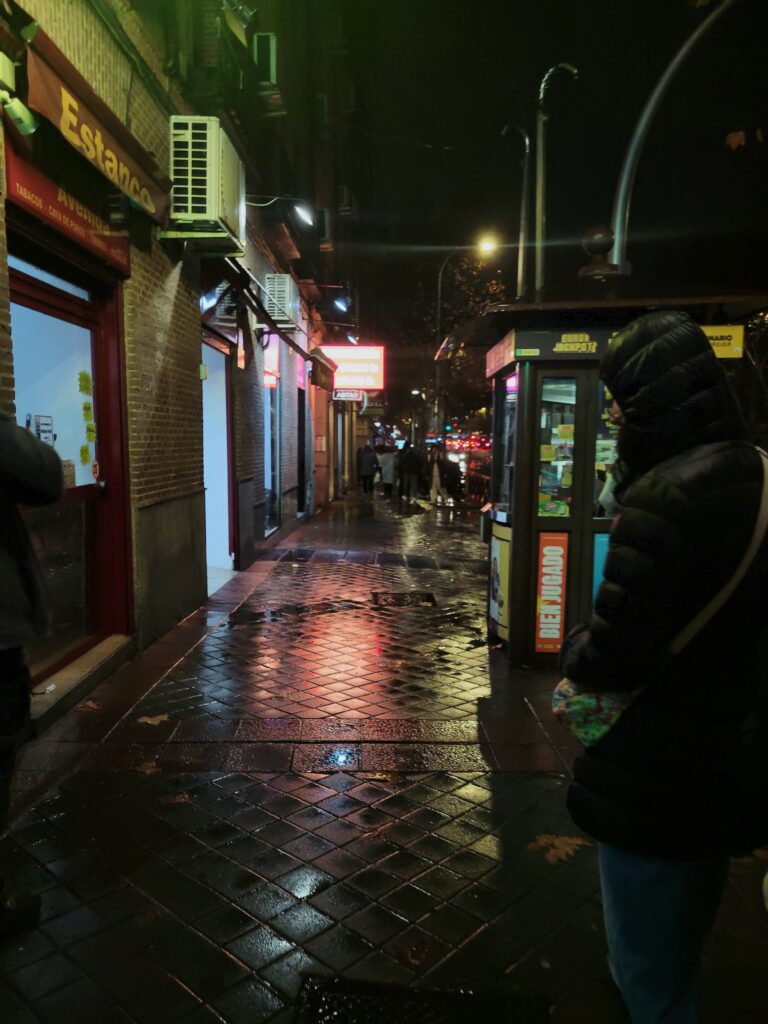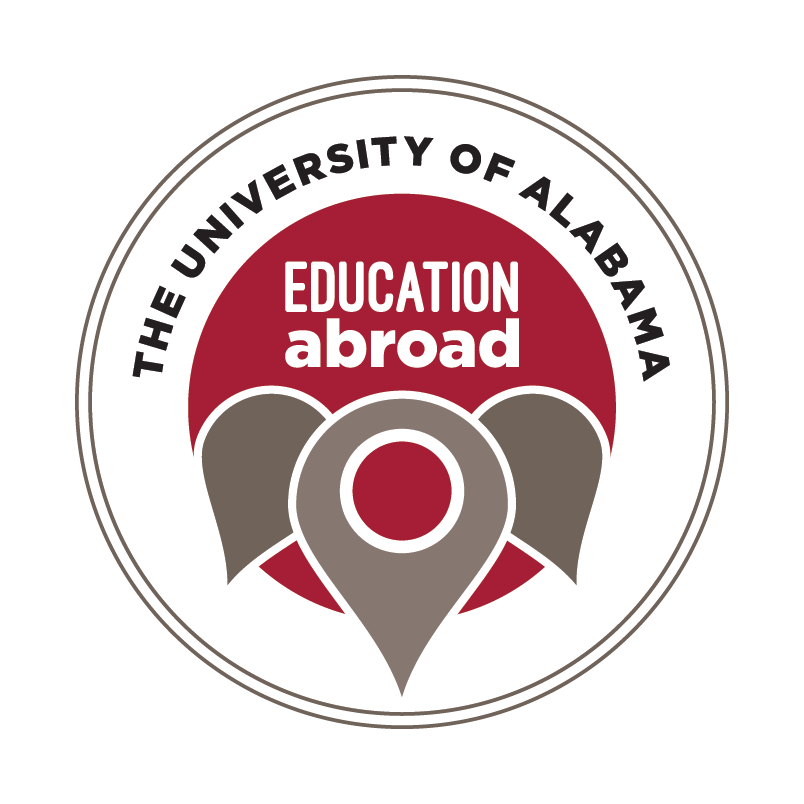I started planning to study abroad last summer, and now, sitting at the airport waiting for my flight to Madrid, everything feels surreal. Countless advisor meetings and Duolingo lessons later, it’s finally happening. Last summer, the idea of studying abroad felt so daunting. Would it be possible with my junior-level courses? Would my scholarships make it possible for me to afford it? I didn’t know where to begin.
If you’re reading this, I can only assume that you too are looking to study abroad and may be feeling some of the same anxieties I felt. Hopefully, I can help address some of those questions and give advice to those looking to travel during their time at UA.
- Discover what courses you would like to take next semester.
It’s easier to find a program if you’ve got lots of general education or humanities courses left to take for your degree. Those classes can often fit easily into any study abroad program or location. When I looked for classes, I found that the programs were limited because I was searching for niche engineering courses at the junior level. And while it’s not impossible to find programs, they may not be at the location that you originally desired.
- Utilize the Education Abroad Program Search website to filter and find programs that fit your major or interests!
This helps you to discover all the programs out there! If you don’t know where to begin, begin here. You can narrow the search by major, grade, location, time, and more. It’s very helpful to see what kinds of programs are offered, their dates, and when the application would be due. You can even find course offerings through this website.
- The UA Study Abroad Course Equivalency Database is a lifesaver.
Before you set your heart on a program, consult the study abroad course equivalency database. This is the list of all courses that have previously been transferred back to UA from universities abroad and what the classes abroad transferred as in terms of UA courses. You can filter this search by a specific class you are looking for. This also helps you to narrow down what location has the most classes you are interested in.
- Make an appointment with the Study Abroad office.
The study abroad advisors are going to be your best friends during this process. Make an appointment, email, and visit during office hours. They’re able to help with navigating the course equivalency database, getting more courses added, or answer any questions you may have. They help significantly with the financial aspect of studying abroad as well. I’ve found that all advisors are happy to answer any questions you may have. That is what they are there for!
- Find the program with the most classes you could possibly take and apply.
Your study abroad advisor and independent research should narrow down your options. Now, just choose which best fits your needs and apply! Once you apply, the program should help you navigate through getting a visa (if applicable), finances, registering for courses, housing, etc. If you’ve got a scholarship, you’ll need to fill out a quick financial aid form to send to the program, but the process is easy.
- Pack!
After you’ve got your flight, passport, visa, and finances sorted—it’s time to pack! It’s hard to tell where to begin, but I’ve added a short list of “essentials” that are crucial to not forget!
- Travel adaptor for designated country
- Voltage converter (hair irons, curlers, etc.)
- Prescription medicines
- You don’t need to necessarily pack toiletries that you can purchase there! Save the space!
- A journal to document your adventures
- Copies of passport, visa, flight information, acceptance letter into the university
- Airtags for luggage
- Luggage locks (pick-pocketers are common abroad but of course depends on location!)
The loads of paperwork and late nights researching with coffee runs are totally worth the reward. I can’t imagine a better time than college to explore new cultures and create irreplaceable memories. Best of luck, and I hope to hear all about your adventures abroad!


